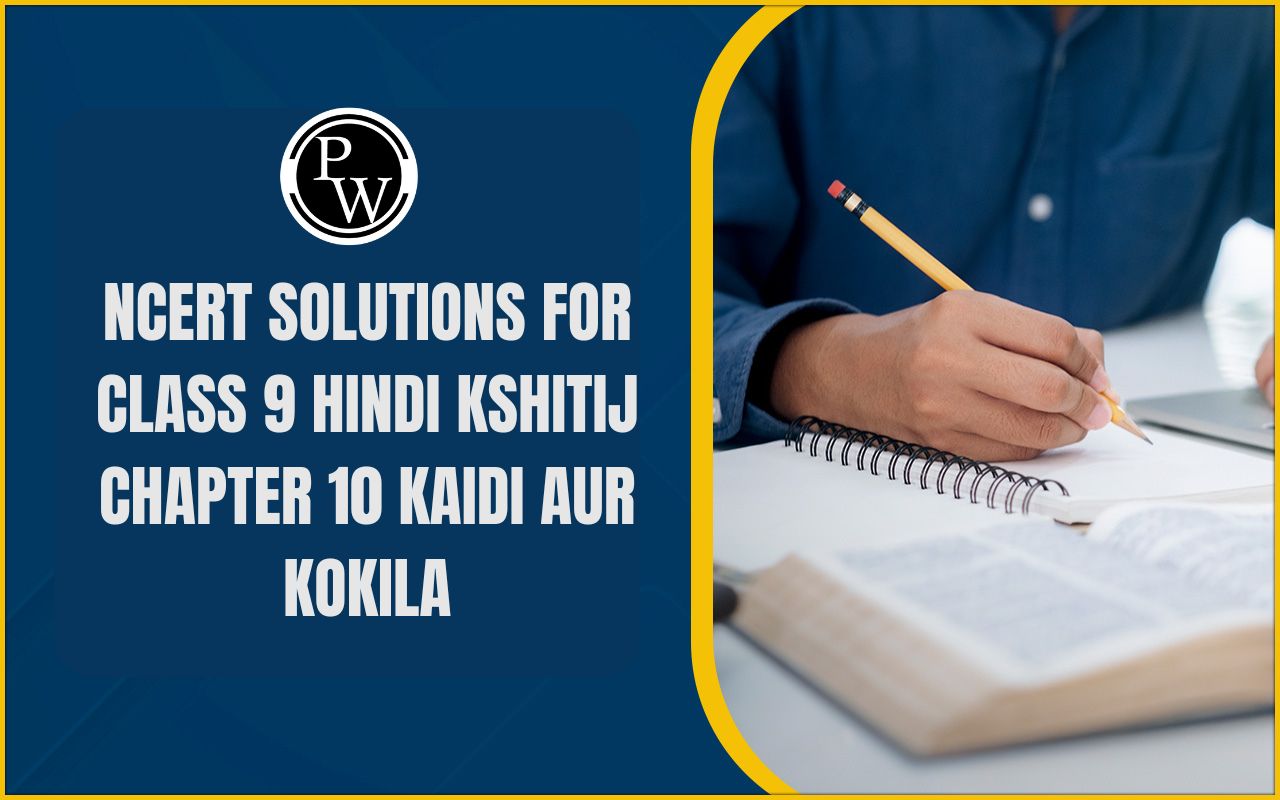
Key Features of the Indian Constitution
The Indian Constitution of Class 8
What were Ideals, goals and milestones in front of the Constitution Making Assembly ?
- During the freedom struggle the nationalists had devoted a great deal of time to imagining and planning what a free India would be like. Under the British, they had been forced to obey rules that they had very little role in making. The long experience of authoritarian rule under the colonial state convinced Indians that free India should be a democracy in which everyone should be treated equally and be allowed to participate in government.
- What remained to be done then was to workout the ways in which a democratic government would beset up in India and the rules that would determine its functioning. This was done not by one person but by a group of around 300 people who became members of the ConstituentAssembiy in 1946 and who met periodically for the next three years to write India's Constitution. Finally the constitution was passed by the constituent assembly on 26 November 1949.
- When the constitution was being written, India was going through considerable turmoil. The partition of the country into India and Pakistan was imminent, some of the Princely States remained undecided about their future, and the socio- economic condition of the vast mass of people appeared dismal. All these issues played on the minds of the members of the Constituent Assembly as they drafted the Constitution. They rose to the occasion and gave this country a visionary document that reflects a respect for maintaining diversity while preserving national unity.
- The final document also reflects their concern for eradicating poverty through socio-economic reforms as well as emphasizing the crucial role the people can play in choosing their representatives.
Key Features of the Indian Constitution
Keeping above factors in mind, the framers of Indian constitution tried to balance these concerns such as diversity, unity, socio economic reform and representation with their commitment to transforming independent India into a strong democratic society.
Federal Features
- This refers to the existence of more than one level of government in the country. In India, we have governments at the state level and at the centre. Panchayati Raj is the third tier of government. The vast number of communities in India meant that a system of government needed to be devised that did riot involve only parsons sitting in the capital city of New Delhi and making decisions for everyone. Instead, it was important to have another level of government in the states so that decisions could be made for that Particular area. While each state in India enjoys autonomy in exercising powers on certain issues; subjects of national concern require that all of these states follow the laws of the central government.
- The Constitution demarcates the powers of the central and the state government into different lists of subjects. These lists are called the Union list, the State list and the Concurrent list.
- Subjects of nationai importance like defence, foreign affairs, atomic energy, banking, post and telegraph are included in the Union List. The central government can pass laws on the subjects mentioned in the union list. The union list has 99 subjects.
- The State List comprises those important subjects on which the state government can pass laws. Subjects like police, local government, trade and commerce within the state, agriculture are included in the State List. The State List has 66 subjects.
- In order to avoid any kind of ambiguity in the distribution of functions, the Constitution provides for a third list which is called concurrent List. These are the subjects which are of common concern both to the centre and the state governments. The Concurrent list has got 52 subjects.
- In addition the constitution also specifies where each tier of government can get the money from for the work that it does. Under federalism, the states are not merely agents of the federal government but draw their authority from the constitution as well. All persons in India are governed by laws and policies made by each of these levels of government.
Parliamentary form of Government
The different tiers of government consist of representatives who are elected by the people. The Constitution of India guarantees universal adult suffrage for all citizens. When they were making the Constitution, the members of the Constituent Assembly felt that the freedom struggle had prepared the masses for universal adult suffrage and that this would help encourage a democratic mindset and break the clutches of traditional caste, class and gender hierarchies.
This means that the people of India have a direct role in electing their representatives. Also, every citizen of the country, irrespective of his/her social background, can also contest in elections. These representatives are accountable to the people.
Seperation of Powers
According to the Constitution, there are three organs of the State. These are the legislature, the executive and the Judiciary. The legislature refers to our elected representatives. The executive is a smaller group of people who are responsible for implementing laws and running the government.
The judiciary refers to the system of courts in this country. In order to prevent the misuse of power by any one branch of the State, the Constitution says that each of these organs should exercise different powers. Through this, each organ acts as a check on the other organs of the State and this ensures the balance of power between all three.
Fundamentals of Rights
The section on Fundamental Rights has often been referred to as the 'conscience' of the Indian Constitution. Fundamental Rights, protect citizens against the arbitrary and absolute exercise of power by the State. The Constitution, thus, guarantees the rights of individuals against the State as well as against other individuals.
The Constitution classifies the fundamental rights under seven groups. According to 44th amendment of Constitution, the right to property is now a legal right. Recently there are 6 Fundamental Rights. These are as follows -
Types of Fundamentals of Rights
- Right to Equality : All persons are equal before the law. This means that all persons shall be equally protected by the laws of the country. It also states that no citizen can be discriminated against on the basis of their religion, caste or sex. Every person has access to all public places including playgrounds, hotels, shops etc. The States cannot discriminate against anyone in matters of employment. But there are exceptions to this. The Constitution provides for special provisions in the form of reserve posts while guaranteeing right to equality. Reserve posts are provided for scheduled castes, scheduled tribes and other backward classes. Similarly, special provisions are provided for women and children. The practice of untouchability has also been abolished.
- Right to Freedom : This includes the right to freedom of speech and expression, the right to assemble peaceably and without arms, the right to form associations or unions, the right to move freely throughout the territory of India, the right to reside in any part of the country, and the right to practice any profession, occupation or business.
- Right against Exploitation : The Constitution prohibits human trafficking, forced labour, and children working under 14 years of age.
- Right to Freedom of Religion : Religious freedom is provided to all citizens. Every person has the right to practice, profess and propagate the religion of his \ her choice.
- Cultural and Educational Rights : The Constitution states that all minorities, religious or linguistic, can set up their own educational institutions in order to preserve and develop their own culture.
- Right to Constitutional Remedies : This allows citizens to move the court if they believe that any of their Fundamental Rights have been violated by the State.
Protection of Minorities
Moreover, the various minority communities also expressed the need to include rights that would protect minority group. The Constitution, therefore, also guarantees the rights of minorities against the majority. As Dr. Ambedkar has said about these Fundamental Rights, their object is two-fold. The first objective is that every citizen must be in a position to claim those rights. And secondly, these rights must be binding upon every authority that has got the power to make laws.
Directive Principles of State Policy
In addition to Fundamental Rights, the Constitution also has a section called Directive Principles of State Policy. This section was designed by the members of the Constituent Assembly to ensure greater social and economic reform and to serve as a guide to the independent Indian State to institute laws and policies that help to reduce the poverty of the masses.
Securalism
India is a secular state. All citizens, irrespective of their religious beliefs are equal in the eyes of the law. The government cannot formulate such policies which discriminate between various religious communities which live in India.







